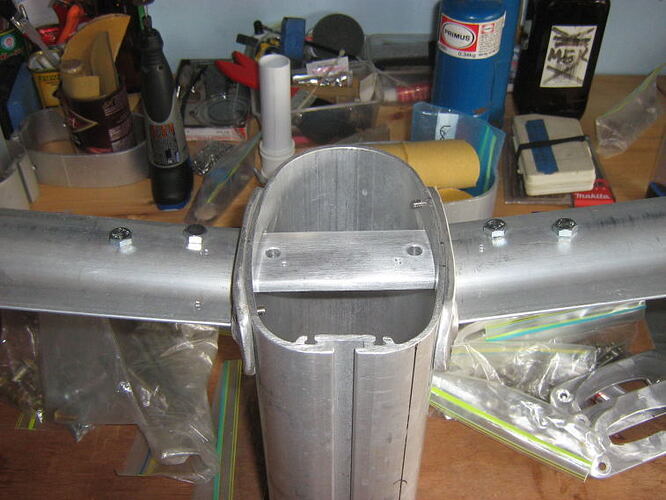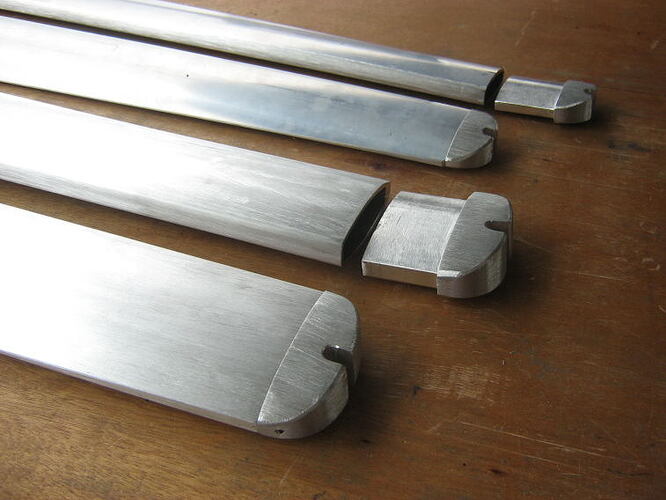Hi Dan , yes , hopefully no one has to replace their mast or entire rig !
The bolts in that photo were just temporary to check out clearence fits , that is where I want to put new clevis pins .
Forespar quoted me many months back log to build and ship a new mast to me here in Singapore, and they weren’t interested in taking my order for a new replacement mast, I suspected that they were too busy supplying replacement masts to the Carribean fleet damaged from recent hurricane activity there, at that time (2005) .
My wife convinced a local aluminum extruder to make a Die , and extrude a new mast, using the Forespar as a pattern, but local lorry transport restrictions at 20’ lengths made me accept the new mast extrusions in 20’ lengths , only , Drats I say , so how to work around that , two sleeves were the answer, with a 3 piece mast , 45’ long . It is nearing completion now !
What surprised me the was the v low extruded price for each 20’ section ( something like USD 200.00 per 20’ section ) , it was the Die that cost the most, in this proceedure .
FWIW , the extruded Forespar mast section is dirt cheep , by it’s self , but when they taper it and install all the bits and pieces, the costs go up .
Welding on the bits like spreader bases, mast head crane, shieve box , gooseneck, winch bases, ect., are time consuming and expensive , but a cheap way to cut costs for the buyer , although not the best way to fabricate a mast for the, “Reserve of Neglect” , we all need !
I was able to purchase inexpensive remnant pieces of 6061T6 aluminum in block form then use my woodworking tools to shape the solid blocks into the spreader bases, gooseneck, and other pieces like spreader tips, and such, with out much trouble, just time consuming .



